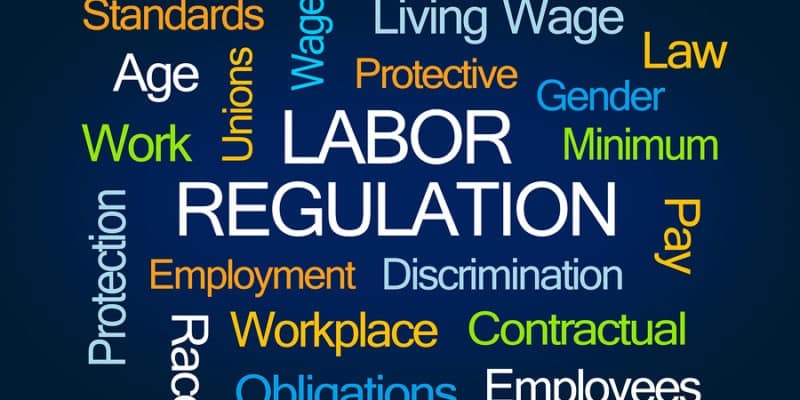by Philip Mattera with a chapter on policy recommendations by Adam Shah
June 2018
New research finds that a wide range of big corporations have been shortchanging the people who work for them Washington, DC-A new report finds that many large corporations operating in the United States have boosted their profits by forcing employees to work off the clock, cheating them out of required overtime pay and engaging in similar practices that together are known as wage theft.
The detailed analysis of federal and state court records shows that these corporations have paid out billions of dollars to resolve wage theft lawsuits brought by workers. Walmart, which has long been associated with such practices, has paid the most, but the list of the most-penalized employers also includes Bank of America, Wells Fargo and other large banks and insurance companies as well as major technology and healthcare corporations. Many of the large corporations are repeat offenders, and 450 firms have each paid out $1 million or more in settlements and/or judgments.
These are among the findings in Grand Theft Paycheck: The Large Corporations Shortchanging Their Workers’ Wages published today by the Corporate Research Project of Good Jobs First and Jobs With Justice Education Fund. It is available at www.goodjobsfirst.org/wagetheft
“Our findings make it clear that wage theft goes far beyond sweatshops, fast-food outlets and retailers. It is built into the business model of a substantial portion of Corporate America,” said Good Jobs First Research Director Philip Mattera, the lead author of the report.










